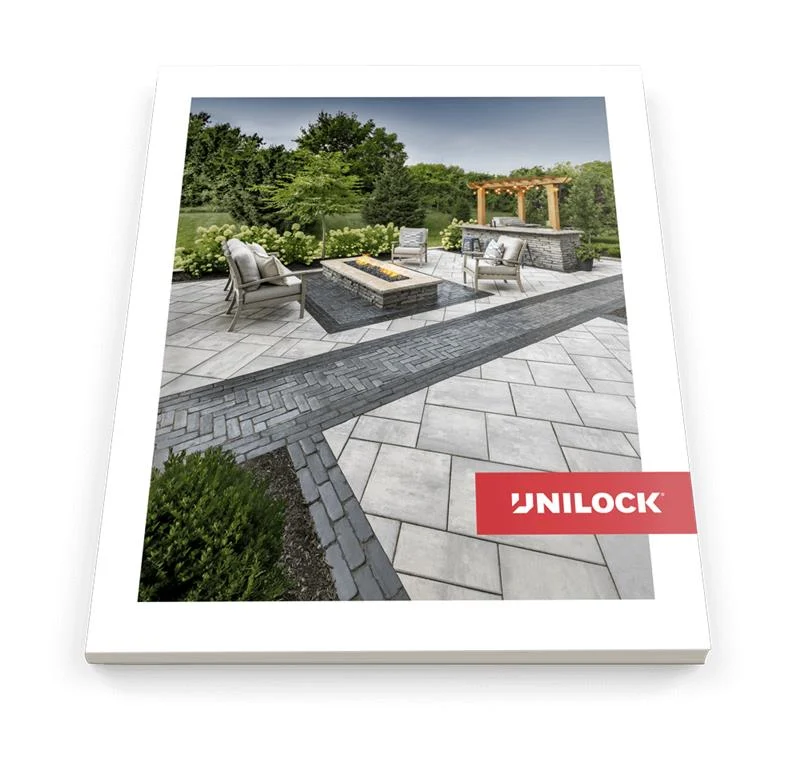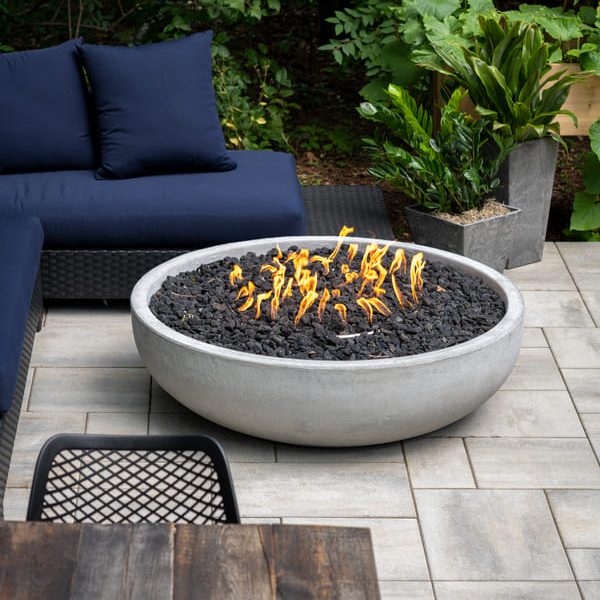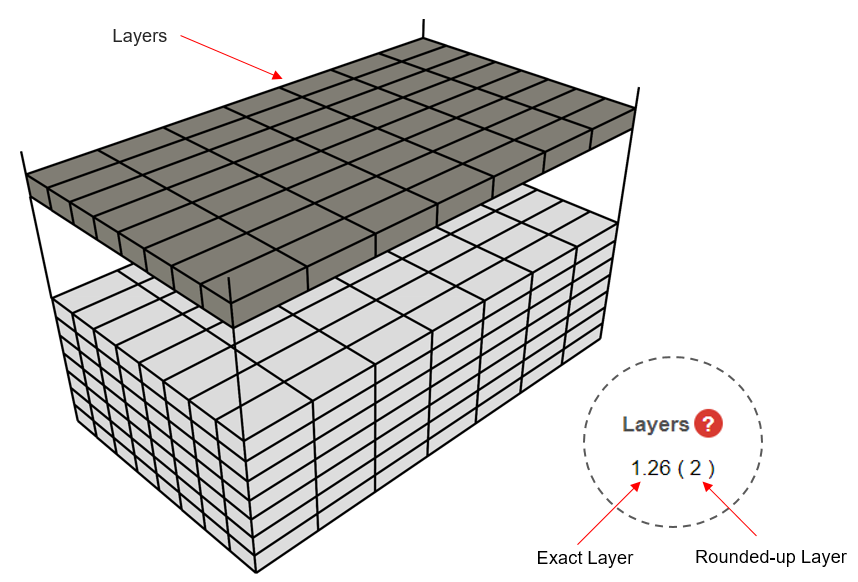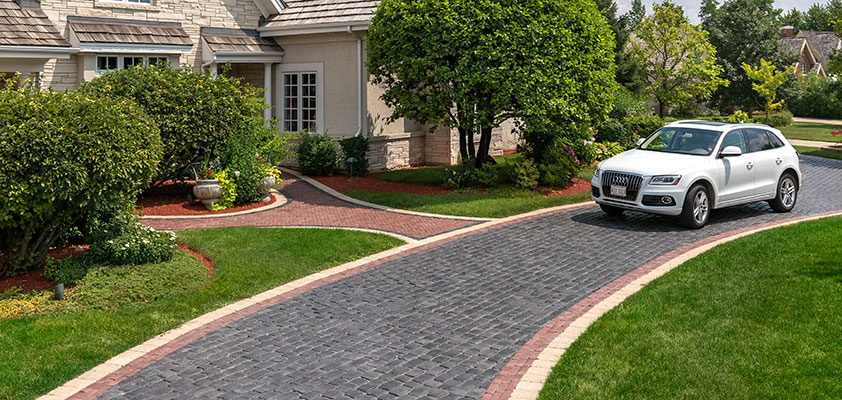
Color can liven up any outdoor space, change the mood entirely, or simply inject a much needed burst of personality. Whether you’re opting for a serene backyard getaway or a vibrant social atmosphere built for entertaining, one of the key methods of pulling it off is with a strategic use of color. Here, we take a look at some of the ways you can incorporate color into your outdoor living spaces, color by color.
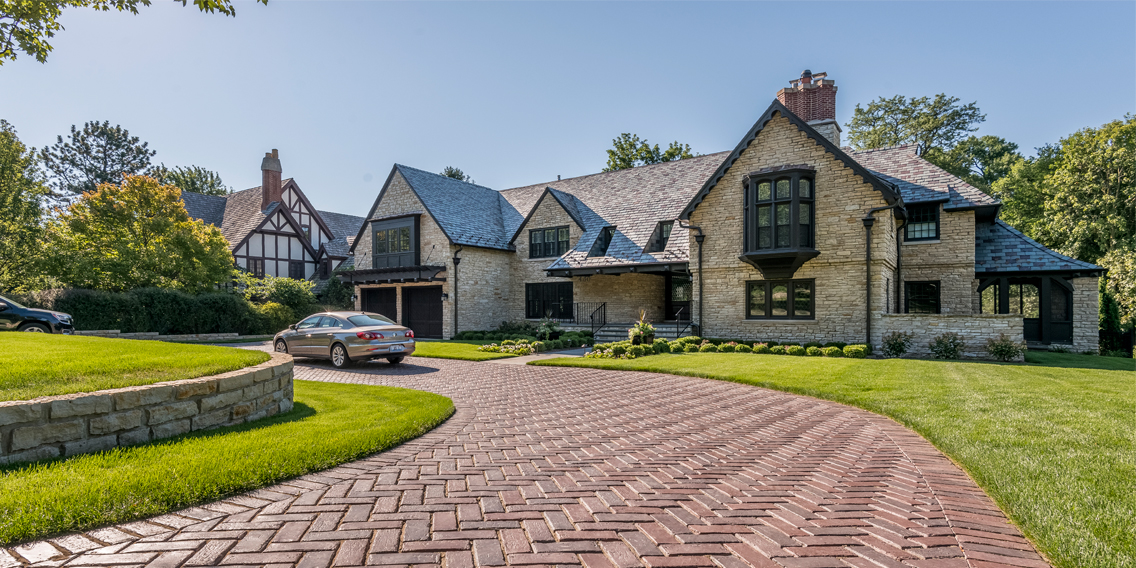
Red
Red can be introduced with the planting of roses and other bright blossoming flowers. Brick and brick-style pavers are also an excellent way to add rich, rosy hues to your outdoor spaces. Think Unilock’s Copthorne Pavers here for a burst of color. Having certain central features like outdoor furniture of a planting station decked out in a fire-engine red will immediately draw the eye and set the mood and focus. Red goes well with dark colored pavers such as Unilock’s Limestone and complements the lush greenery of lawn and plantings. If bright, primary red is not your thing, try the more subdued, earthy red of terra-cotta colored pavers or introduce the gentle warmth of clay flowerpots.
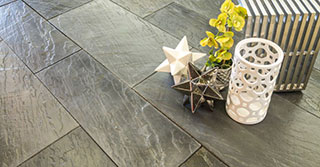
Yellow
Brighten things up with the color of sunshine! Sandstone and other pavers with golden flecks contribute greatly to a yellow themed backyard. Trees and shrubs with golden foliage such as Forsythia and sunflower-yellow outdoor furniture introduce the color without it becoming overwhelming. There are also plenty of brightly colored perennials available to add yellow accents to your flower beds—think Coreopsis here. Yellow can be paired well with the bright blue of a swimming pool, the purple of Foxgloves, and will brighten up the more somber tones of charcoal and slate.
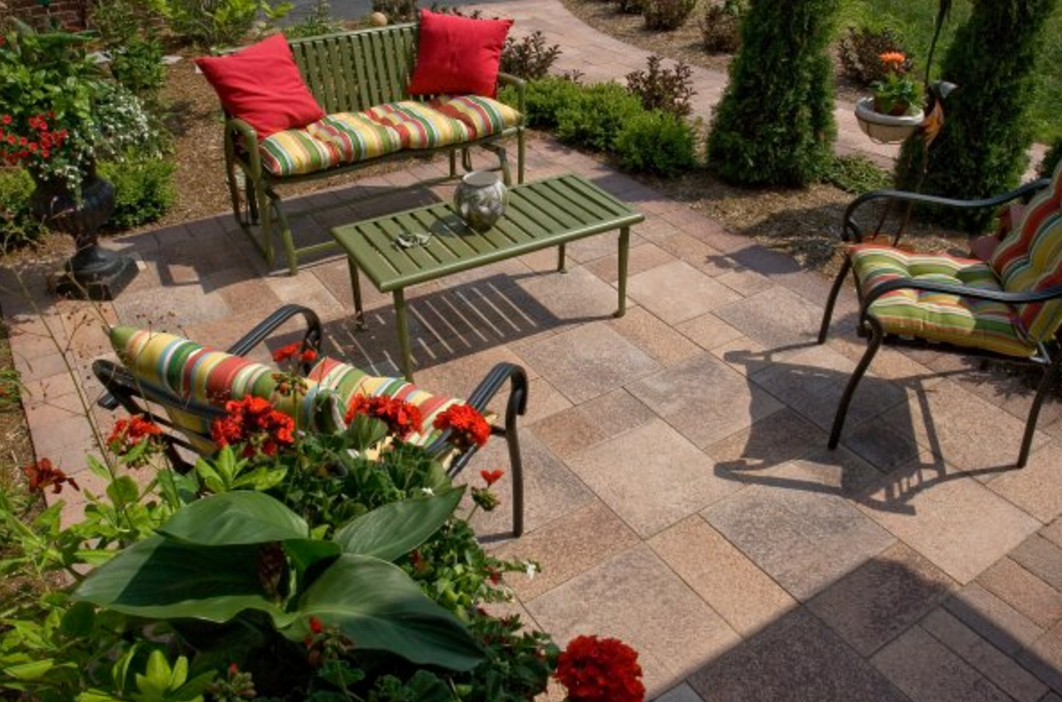
Green
Green is as easy to bring to your outdoor spaces as maintaining a lawn or placing potted shrubs in prominent places in your design. Cottage backyard themes such as shabby chic and beach house also favor green painted wood, while more modern and contemporary homes also feature bright and subdued green walls and furnishings. The color green represents the harmony with nature that the 21st century so desperately craves. It is the color of fresh beginnings and fertility. Green is easy on the eye so won’t halt or interrupt the gaze by asserting itself unless another color is used to add focus. Green is perhaps one of the more versatile colors, complementing brighter colors like red, yellow and orange, but also goes well with purple and blue, as well as the natural tones of brown and other shades of green.
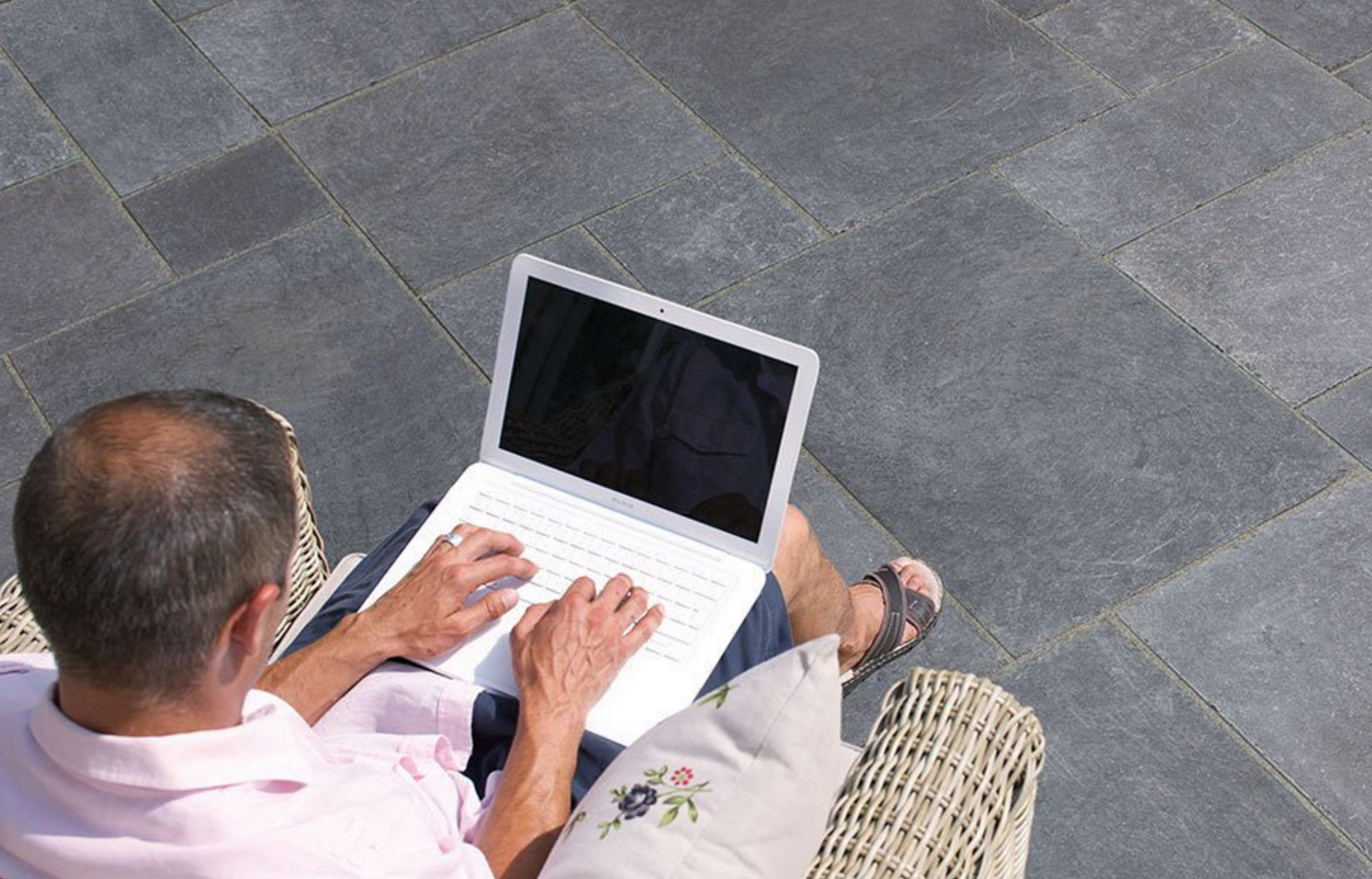
Blue
True blue is not a color often found in nature. While cooler shades can be introduced with flowers, pure blue blossoms are rare. Varying shades of muted blues are often found in natural stone pavers, and can also be introduced by pavers like Unilock’s Courtstone Pavers. For true blue, however, less natural means may be necessary. Swimming pools are the perfect central point for a blue theme, but even without a pool, a splash of blue paint or mosaic tiles can introduce the color. Blue creates a serene scene, ideal for a beach cottage look, or relaxing outdoor environment. While calming and therapeutic, too much blue can come across as cold, so it is best to balance it with some warmer accents. Blue goes with orange as a complementary color, as well as the sandy gold of sandstone or beach sand and hints of earthy red. Other cooler colors – purples, greys and cool greens – also go with blue, but be mindful not to let the space appear too cold. To be sure, a patio or other outdoor space with predominantly blue colors should have plenty of light and sunshine.
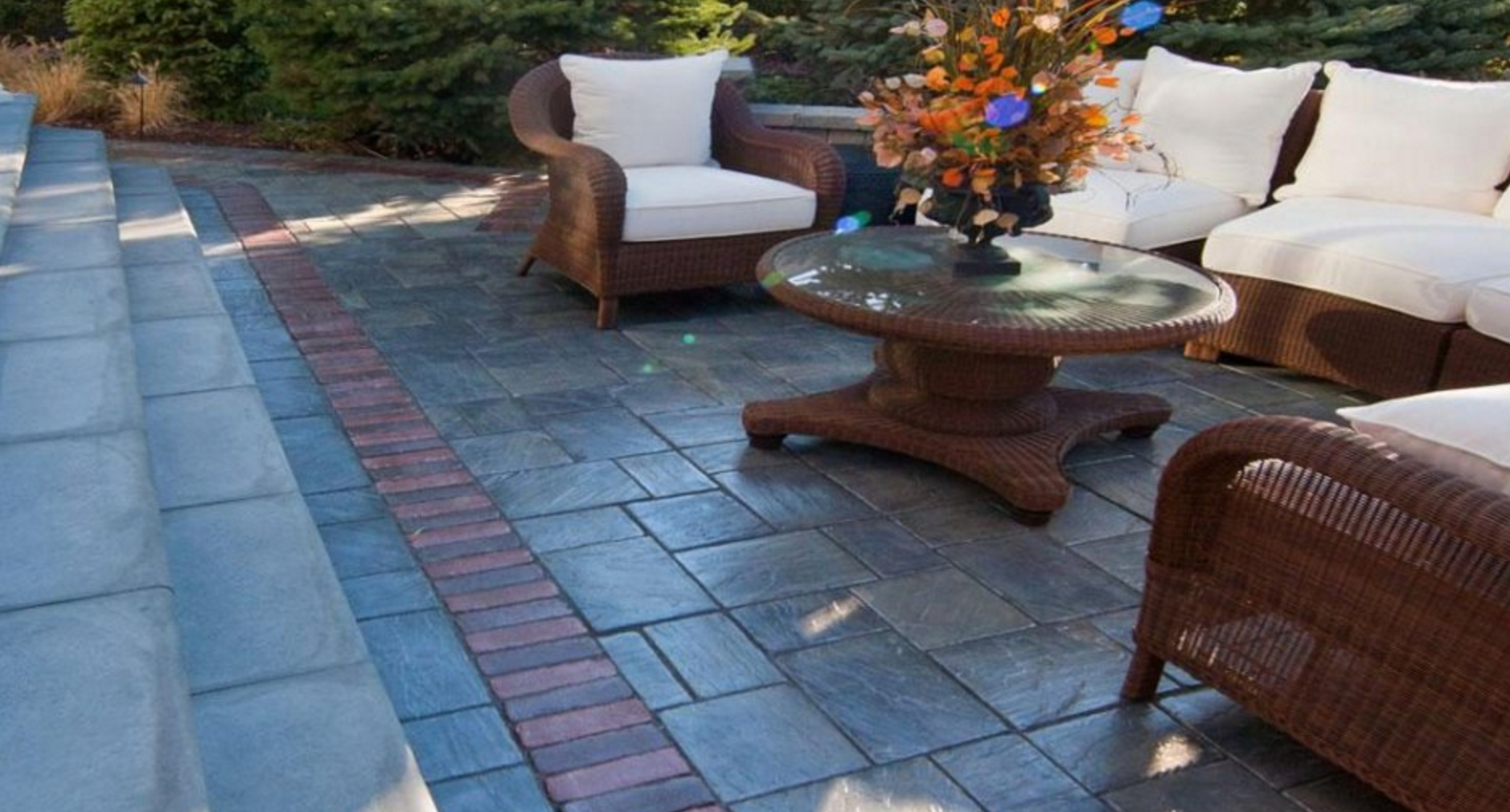
Purple
Purple symbolizes opulence, sophistication and mystery, and balances the passion of red and the stability of blue. Purple creates an environment open to creativity and expression. To introduce purple into your outdoor spaces, consider using fabrics such as throw pillows, tablecloths, and outdoor curtains on your overhead structures. Painted accents are also a great way to add purple. Plantings such as lavender, foxgloves and violas will add the majesty of purple to your yard. These plants can also be introduced into your outdoor spaces in pots and retaining wall flowerbeds surrounding your hardscaped areas. Because purple covers such a wide spectrum between red and blue, it can be used to complement many colors depending on its dominant shade. Think Natural Stone by Unilock here for a muted collection of blues and purples.
